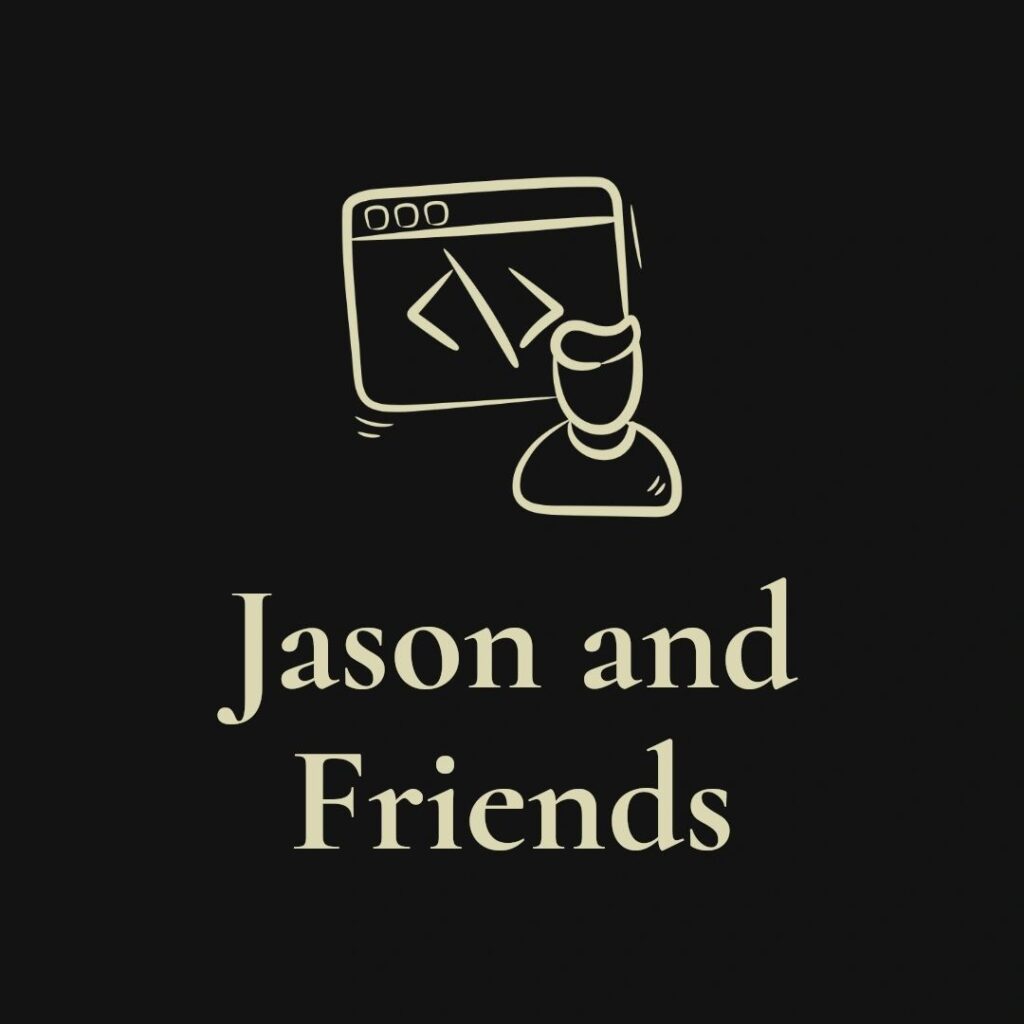TEAMWORK
About Us
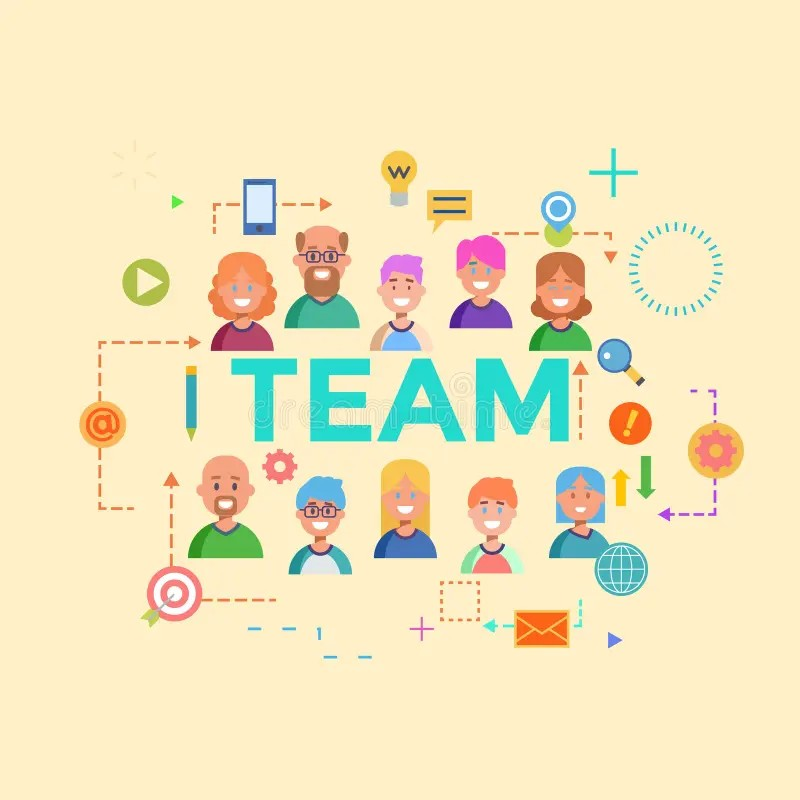
Our technical team is committed to providing customers with the best solutions based on outstanding technical capabilities and excellent software delivery capabilities. Our team is mainly composed of tree technical experts with more than ten years of work experience, also includes PD, QA and Ops related technical personnel. We work closely together and with rich experience, each member is a someone special in the team.
With superb technology and quality delivery, every line of our code is condensed with wisdom and innovation. Teamwork and extreme execution, we work hand in hand to overcome every challenge together. With rich experience and professional attitude, we continue to surpass ourselves and realize every wish of our customers.
Choosing us means choosing quality, efficiency and trust. Let us create the future together and write a technical legend!
TEAMWORK
Project Cases
In the past ten years, we have participated in many software projects. Here, we list the most representative projects for reference.
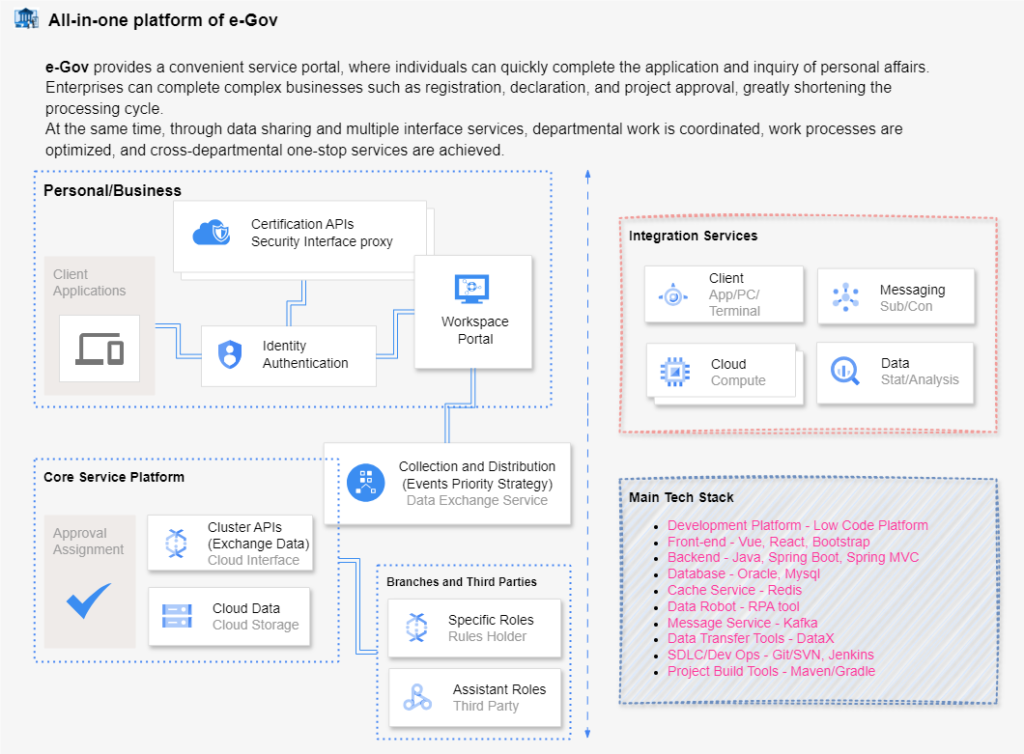
E-Government refers to the use of modern information technology, particularly the internet and related technologies (such as big data, cloud computing, blockchain, etc.), to enhance government management and service efficiency, achieving a more digital, networked, and intelligent mode of governance.
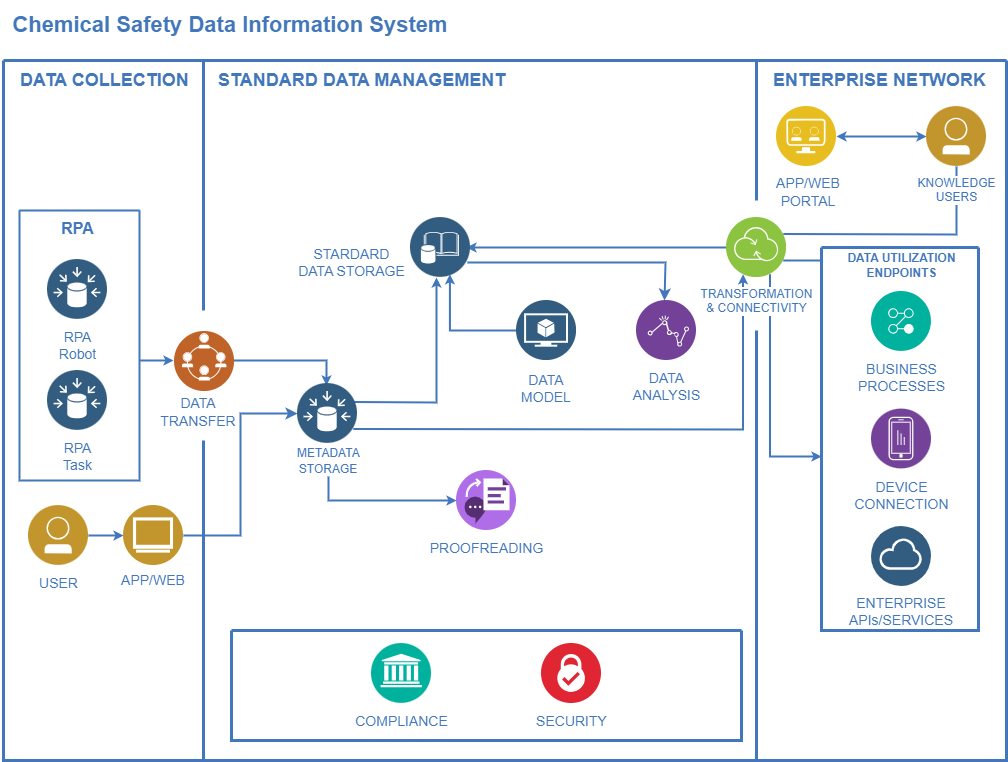
The Chemical Safety Data Information System (CSDI) mainly builds a hazardous chemicals information database for hazardous chemicals data information. The basic data information of pure substances is obtained through RPA automatic collection, and data is obtained from the original text of regulations in electronic form. The database is updated and supplemented in real time by capturing laboratory test data, and the database is linked with the Raman spectrometer.

As the core component of the big data center, Data Asset Management is mainly used for data management and application development within the enterprise. It integrates multiple data sources, including databases, websites/terminals, and other devices, and provides high-quality and high-security data support for upper-level applications through data aggregation and governance. The data center supports multiple data processing methods such as data subscription push, data desensitization, and data watermarking to meet different business needs. At the same time, it also provides security functions such as data backup and data auditing to ensure data integrity and consistency.
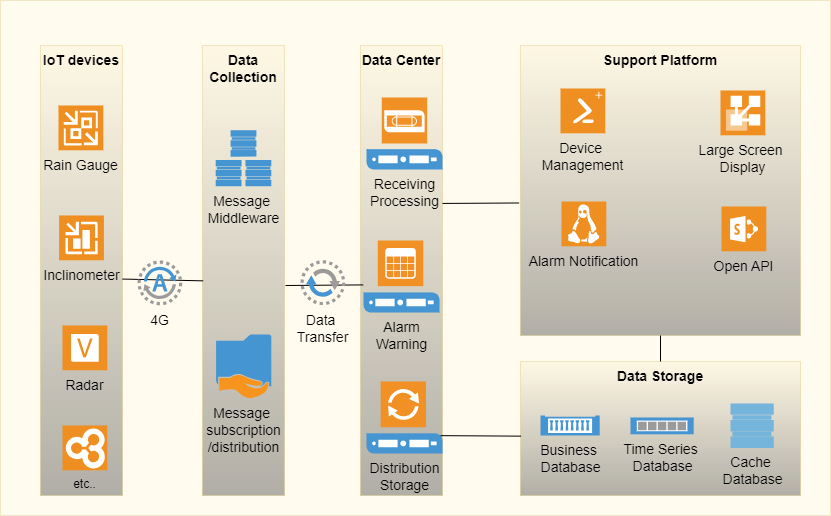
The IoT Support Platform is a network technology that integrates various information sensing devices (such as radio frequency identification, infrared sensors, global positioning systems, laser scanners, etc.). These devices can be combined with the Internet to form a huge network, in which objects (which are embedded with various information sensing devices) can connect to the network and exchange and communicate information. As the source of data, IoT devices go through a series of processing and transmission processes to ultimately provide users with valuable information and services. The use of IoT covers many fields, such as smart homes, smart cities, Industry 4.0, etc., which has brought great convenience to people’s lives and work.
TEAMWORK
We Can
Here is a detailed tech stack used for development:
Front-end:
- HTML5: The standard markup language used for creating web pages and web applications.
- CSS3: For styling the HTML elements and creating visually appealing web pages.
- JavaScript: A programming language that enables interactive web pages.
- Frameworks/Libraries:
- React
- Angular
- Vue
- Bootstrap
Backend:
- Java: The core programming language used for building the server-side logic.
- Spring Framework:
- Spring MVC: For building web applications using the Model-View-Controller pattern.
- Spring Boot: For creating stand-alone, production-grade Spring-based applications.
- Hibernate/MyBatis: An ORM (Object-Relational Mapping) tool for database operations.
- JPA (Java Persistence API): For managing relational data in Java applications.
- RESTful Web Services: Using frameworks like Spring REST to create APIs.
- Servlets and JSP (JavaServer Pages): For handling requests and generating dynamic content.
- Apache Tomcat: A widely used web server and servlet container.
- Databases:
- MySQL: An open-source relational database management system.
- PostgreSQL: An advanced open-source relational database.
- MongoDB: A NoSQL database for handling large volumes of unstructured data.
- Build Tools:
- Maven: For project management and comprehension.
- Gradle: For build automation and dependency management.
- Testing:
- JUnit: For unit testing of Java applications.
- Selenium: For automated testing of web applications.
- Others: Linux, Nginx, Microservices, Kafka.
AI:
- Machine Learning: Develop, deploy, and optimize machine learning models.
- Data Management: ETL and big data processing technology.
- Product Design: Design product features and combine AI technology with user needs.
- Applications Development: Responsible for the development of AI applications.
Additional Tools:
- Version Control: Git, SVN and GitHub/Bitbucket for source code management and collaboration.
- CI/CD: Jenkins or GitLab CI for continuous integration and continuous deployment.
In the field of software development, we can provide the following aspects:
- Requirement Analysis: Communicate and understand user needs and business goals, writing requirement documents, and defining project scope and functionality.
- System Design: Based on the requirement documents, conducting system architecture design and detailed design, formulating technical solutions and selecting technologies, and writing design documents.
- Coding Implementation: Writing software code according to design documents to realize system functions, ensuring code quality and maintainability.
- Testing and Debugging: Writing test cases, conducting unit testing, integration testing, and system testing, identifying and fixing software defects, ensuring software stability and reliability.
- Project Management: Creating project plans, assigning tasks, coordinating team members’ work, tracking project progress, and ensuring the project is completed on time.
- Documentation: Writing user manuals, operation guides, technical documentation, etc., ensuring the software is easy to use and maintain.
- Release and Deployment: Packaging, releasing, and deploying the software, ensuring a smooth launch and providing post-deployment support and maintenance.
- Maintenance and Updates: Monitoring software performance, handling user feedback, conducting version updates and feature upgrades, and continually improving the software.
These tasks collectively constitute the full lifecycle of software development, ensuring that every phase from requirements to deployment runs smoothly. If you have other specific need, please let me know!
